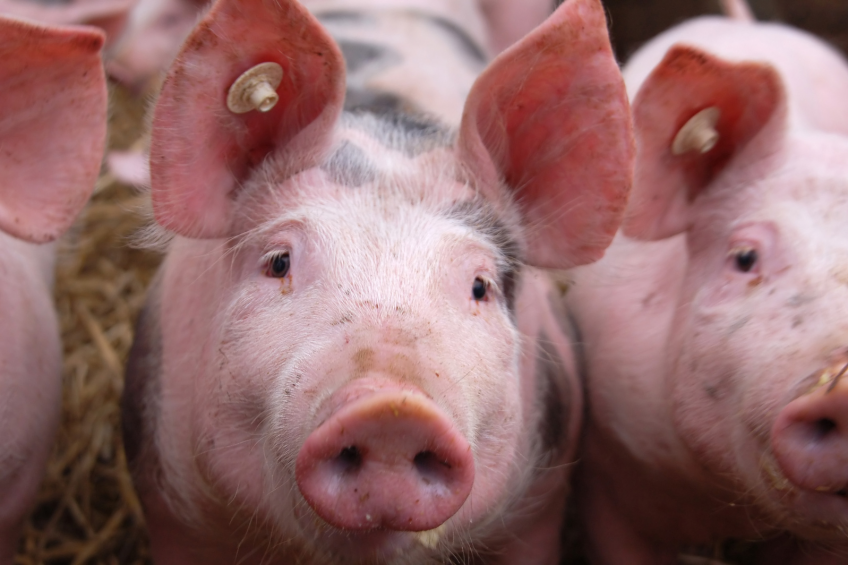German pork trade recording diverging trends

German pork exports for January to September 2015 have seen a slight increase, with volumes ahead by 1%, compared with a year earlier, at 1.3 million tonnes.
Whilst the overall volume increased, shipments destined for other EU countries declined for the same time period, being down by 3% at just over 1 million tonnes. As a result of this, the EU’s market share dropped from 85% to 81%.
Pork export markets
Italy remained the main export destination for German pork, despite volumes dropping by 3%. Poland and the Netherlands actually increased their purchases, which were ahead by 4% for both countries.
In order to offset the losses from EU member states, Germany looked to Asian markets to compensate. Growth in the Chinese market continued throughout the year, driving shipments to more than double, compared to the corresponding time period in 2014. South Korea also recorded an increase, with imports up by 10%. With the unit value of exports decreasing since 2014, the total value of exports for the first three quarters of 2015 fell by 6% year on year to €2.6 billion.
Decline in pork imports
Imports of pork into Germany continued to decline in the third quarter of 2015, with volumes dropping 12% on the year, to 215,000 tonnes. This leaves volumes for the first nine months of 2015 running 9% lower than the same time period in 2014, at 691,600 tonnes. Imports from Denmark were down by less than 1% but the main losses came from Belgium and the Netherlands, with shipments down by 14% and 10% respectively.
Following the trend throughout the year, the live pig trade continued to decline, with import numbers for the months of January to September down by 9%, at 10.5 million head. This fall in numbers was driven by the Netherlands, Denmark and Belgium all sending fewer weaners and slaughter pigs to Germany. Live exports were also lower.
Source: AHDB Pork











